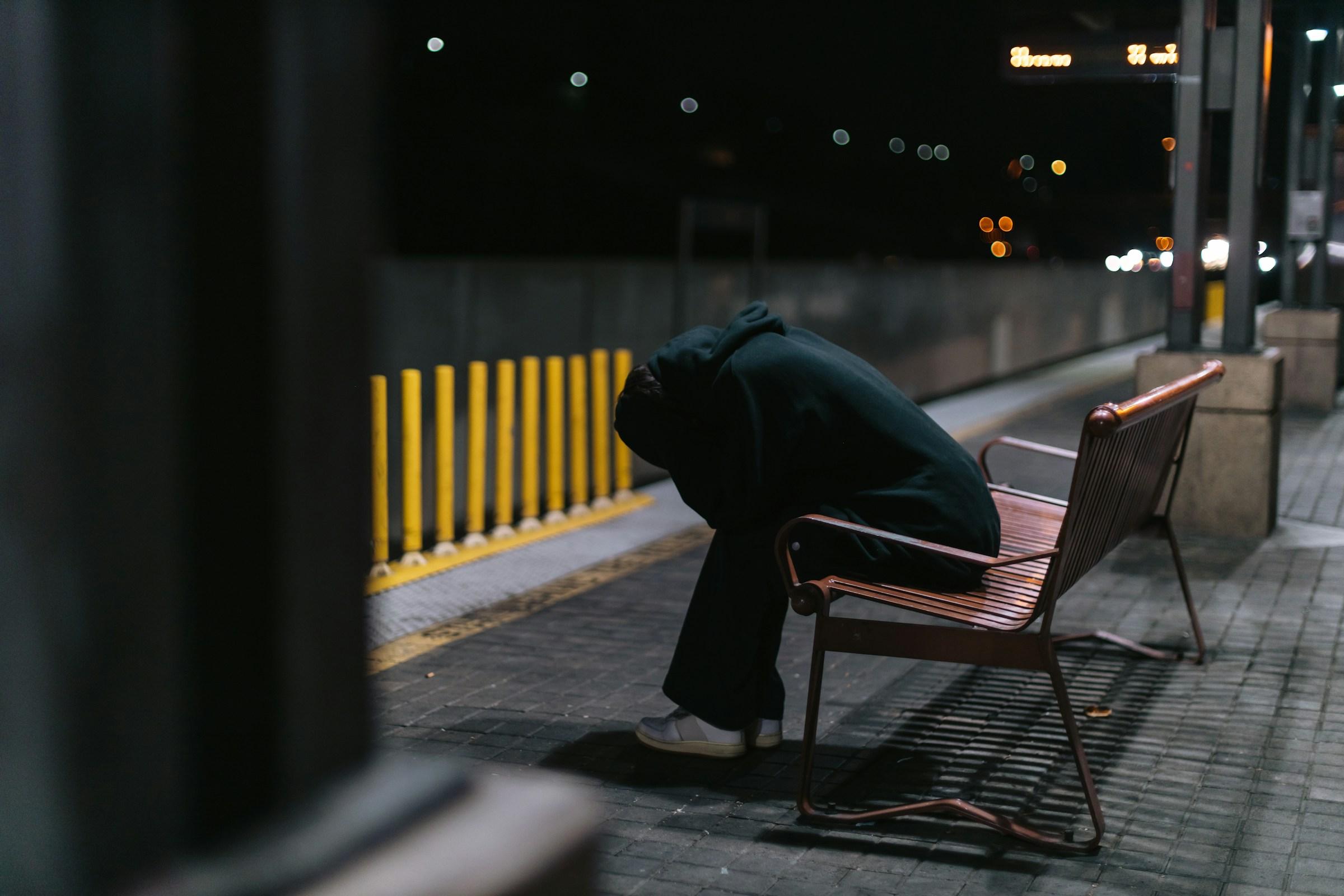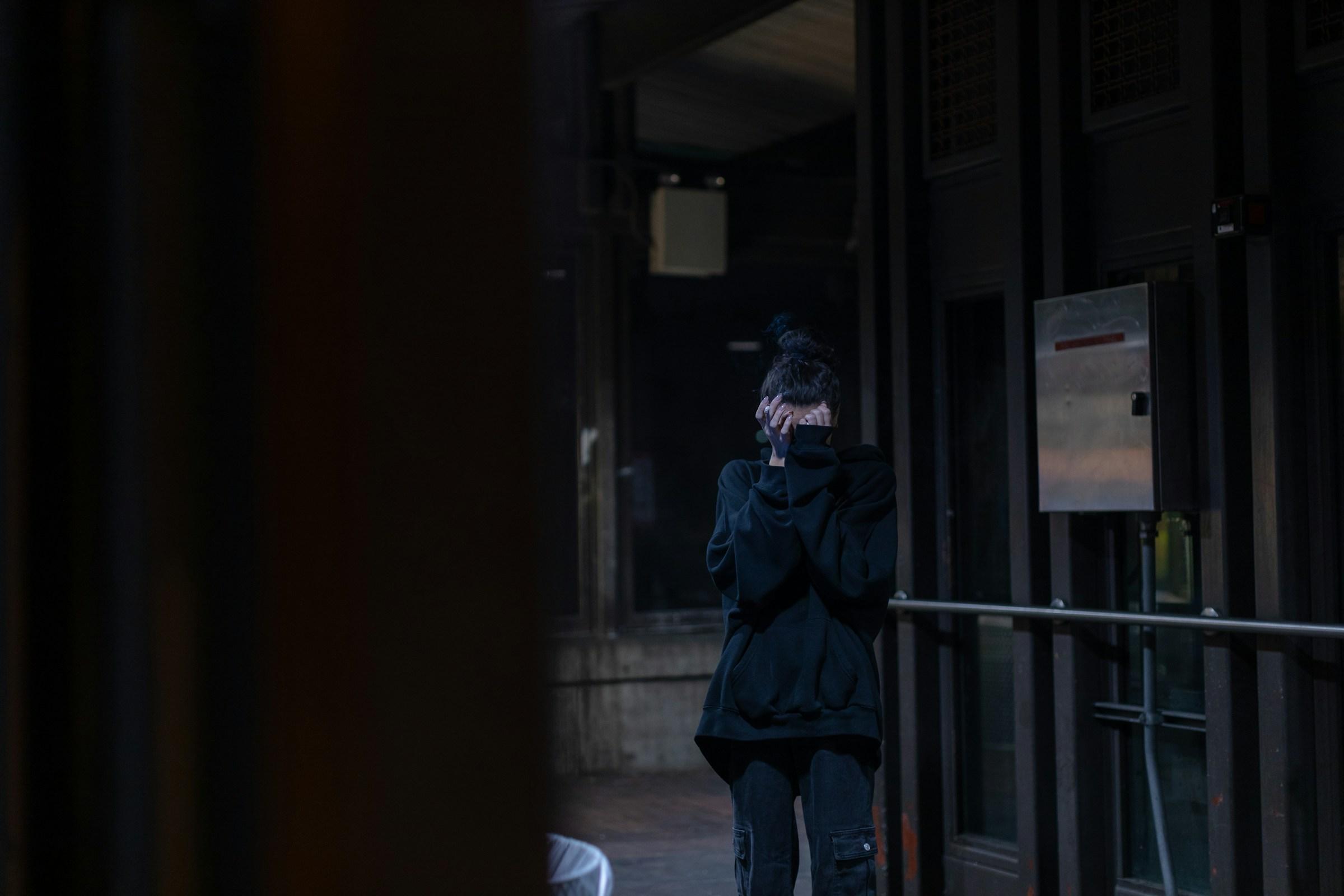When people leave social anxiety alone, life can still look functional for a while. Work happens, messages get answered, and calendars stay full enough to suggest that everything is fine. Yet the cost of doing life with a nervous system on constant guard often hides in the margins. It shows up as friction before every meeting, as long recovery windows after simple conversations, and as a steady stream of self monitoring that turns a normal day into a test. What begins as a manageable discomfort quietly recruits routines, edits plans, and starts to redraw a person’s world.
Avoidance takes the lead without announcing itself. Choosing text over calls feels efficient. Sitting near exits seems practical. Saying yes and later cancelling looks like a sensible energy decision. None of these choices are a single catastrophic mistake. The problem grows from the loop they create. Each time someone avoids and then feels relief, the brain logs avoidance as safety. The next time, avoidance arrives faster and feels smarter. The learning is powerful because it is immediate. Relief is a quick teacher. Long term costs are quiet and delayed, so the brain does not weigh them as heavily.
The world begins to shrink. The first losses are optional moments that carry high value but low urgency. Coffee after the gym turns into a solo takeaway. A class that looked interesting never quite fits into the week. Team lunch becomes a calendar block to be worked around rather than a chance to connect. Fewer small interactions mean fewer low stakes chances to practice the very skills that ease anxiety. Without regular exposure, social muscles fatigue quickly, and that fatigue becomes another reason to opt out. The loop tightens without drama, only through repetition.
Work carries a distinct set of consequences. Many people with social anxiety become meticulous preparers who still feel underprepared. They procrastinate on tasks that require live collaboration and default to asynchronous updates to avoid spontaneous feedback. In most organizations, presence and visibility help shape reputation along with performance. When presence shrinks, reputation can drift out of alignment with actual capability. Over time, a skilled person begins to tell a smaller story about themselves because it fits the pattern of fading from view. The result is not only fewer promotions or leadership opportunities. It is a narrower sense of what is possible.
Relationships also shift toward the edges of life. Social anxiety encourages predictability, so people rely on a very small circle for most needs. That can feel safer, but it concentrates pressure on those few connections. When trusted people are busy, the absence hits harder. When they are available, the pressure to be on form can make time together feel like a performance. Anticipating that pressure, many people pull back preemptively, which protects them from discomfort but also blocks the experiences that could teach the nervous system a new lesson about safety and acceptance.
The body carries the backlog created by constant vigilance. Breathing becomes shallow and high in the chest. Jaws clench, shoulders rise, and sleep fragments into lighter stages that fail to restore energy. Appetite swings between under and over eating. Stress hormones stay noisy. Over months, baseline arousal creeps upward until ordinary errands feel like events. Recovery after social demands takes longer. People reach for quick soothers that work for minutes but do not repair anything. Sugar, endless scrolling, and solitary drinking create small pockets of relief followed by rebounds that strengthen the belief that the world is hard and that the body cannot handle it.
Confidence erodes in specific, local ways that add up. A person stops trusting their voice when a group turns to them. They fear blank spaces in conversation. A tremor in the hand or heat in the face becomes a sign of impending judgment rather than a normal fluctuation that others barely notice. Gradually, the internal label shifts from I feel anxious to I am an anxious person. Labels can help name a struggle, but they can also lock. When a label locks, even improvements feel like temporary exceptions instead of evidence that change is real.
Untreated anxiety tends to expand its territory. A fear of big presentations spreads to simple introductions. Eating around others feels like dining on stage. Going to the gym at busy hours becomes a test rather than a routine. Commuting at rush times feels like a crowd trial. To function, people build intricate logistics around avoiding peak times and unpredictable settings. Errands get done, but everything consumes extra time and energy because the route is designed to dodge people, not to finish tasks efficiently. The map of safe zones shrinks, and with it, the sense of freedom.
Mood often slides downward as well. Long periods of avoidance plus a constant sense of threat lay the groundwork for depression. Energy drops. Meaning thins. Initiation fades. Messages sit unread because answering implies reentering a social world that already feels costly. Life looks simpler on the outside, but it feels heavier inside because the nervous system is not receiving experiences that contradict the fear. Without those corrective moments, hope has fewer data points to lean on, so the brain defaults to protection and predicts more danger ahead.
Substances can slip into the role of social prosthetic. Alcohol may soften the edge and make eye contact or small talk feel attainable. In the short run, that seems like a solution. Over time, a belief forms that connection requires chemistry. That belief undermines practice when sober and inflates the anticipatory anxiety around unassisted interactions. Tolerance rises, sleep quality falls, and anxiety rebounds harder the next day. What felt like a helpful lever becomes another link in the same loop of short relief and long cost.
At home, loved ones may begin with patient support. They arrive early to secure certain seats, they leave events sooner, they choose familiar venues, and they shoulder more planning. At first this looks like care, and it often is. Over time those adjustments can turn into unintentional enabling that gives fear more rehearsal time. Caregivers then begin to tire, plans narrow, and resentment sneaks in. The person with anxiety reads the shift as rejection, which confirms a story of social risk and fuels further withdrawal.
The brain enhances whatever it repeats. If vigilance dominates, it becomes faster at spotting threat cues. If avoidance dominates, it becomes more efficient at building detours. Neuroplasticity does not care about whether a habit serves long term goals. It rewards what gets repeated and what reduces distress in the moment. That is why untreated social anxiety can grow without any dramatic turning point. The system simply optimizes for short relief, even when the strategy slowly raises long term costs.
Career risk accumulates quietly. Skipping presentations limits influence. Refusing networking compresses options when markets change. A person becomes the reliable contributor behind the scenes, which can be a respectable niche but is not always the role they wanted. During restructures or layoffs, broad relationships and visible contributions often carry weight. Quiet competence deserves protection, yet the decision processes in organizations frequently reward those who are seen and heard. The mismatch between ability and outcomes can be painful, and it often reinforces the narrative that exposure is dangerous.
Health risk also accrues as a slow drift. Less sleep. Less movement. More rumination. A higher resting heart rate. More caffeine to counter fatigue. Digestive discomfort and recurring headaches. What looks like a fixed personality can be a physiology trained by constant threat appraisal. Bodies that feel under threat choose conservation over growth. A life organized around conservation will keep a person safe only by keeping them small, which is a poor trade.
None of this unfolds because someone failed or lacked willpower. It is how human nervous systems learn. They are wired to prioritize near term relief over distant benefits. That is the heart of the problem and also the doorway out. The alternative to leaving social anxiety untreated is not forcing confidence on demand. It is establishing a process that delivers new experiences in doses the system can absorb. Low intensity exposures, high probability of success, and a sequence that respects energy and timing give the brain opportunities to update its model of the world.
Professional help can shorten the trial and error phase. A clinician can map triggers, identify safety behaviors that block learning, and design exposures that fit a person’s life rather than disrupting it. Medication can turn down the noise enough to allow practice. Breath work can lower the physiological floor so that anxiety starts from a calmer baseline. Sleep discipline restores recovery capacity. Social skills training makes openings, transitions, and exits less mysterious. No single lever fixes the entire system. Improvement arrives when several levers support each other and make practice possible.
For those starting alone, small and repeatable beats grand and heroic. Place one coffee order aloud and pay attention to the moments that went fine. Ask one short question in a meeting with a sentence you prepared in advance. Schedule one weekly call with a friend where silence is allowed so that performance pressure stays low. Capture each rep, however ordinary, and notice recovery time shrinking. When a task becomes boring rather than terrifying, take that boredom as a signal to progress to the next small step.
Timing matters because logistics harden. The longer avoidance writes the schedule, the more effort it takes to rewrite it. Early action is kinder than late repair. No one needs to solve social anxiety in a month. What helps is a week that includes one deliberate moment where the nervous system learns a new line. People smiled. You survived. You performed worse than your fear predicted and nothing collapsed. Those are data points the brain can trust, and they accumulate.
Left alone, social anxiety becomes the center of gravity around which a person’s choices begin to orbit. Treated as a design problem with incremental experiments, it becomes a system that can update. The goal is not to become fearless. The goal is to build a repeatable process that survives a bad week and keeps moving. If a plan only works when life is perfect, it is not a plan. A plan that keeps going when motivation dips and when anxiety spikes is the one that changes a life.






.jpg&w=3840&q=75)






.jpg&w=3840&q=75)
